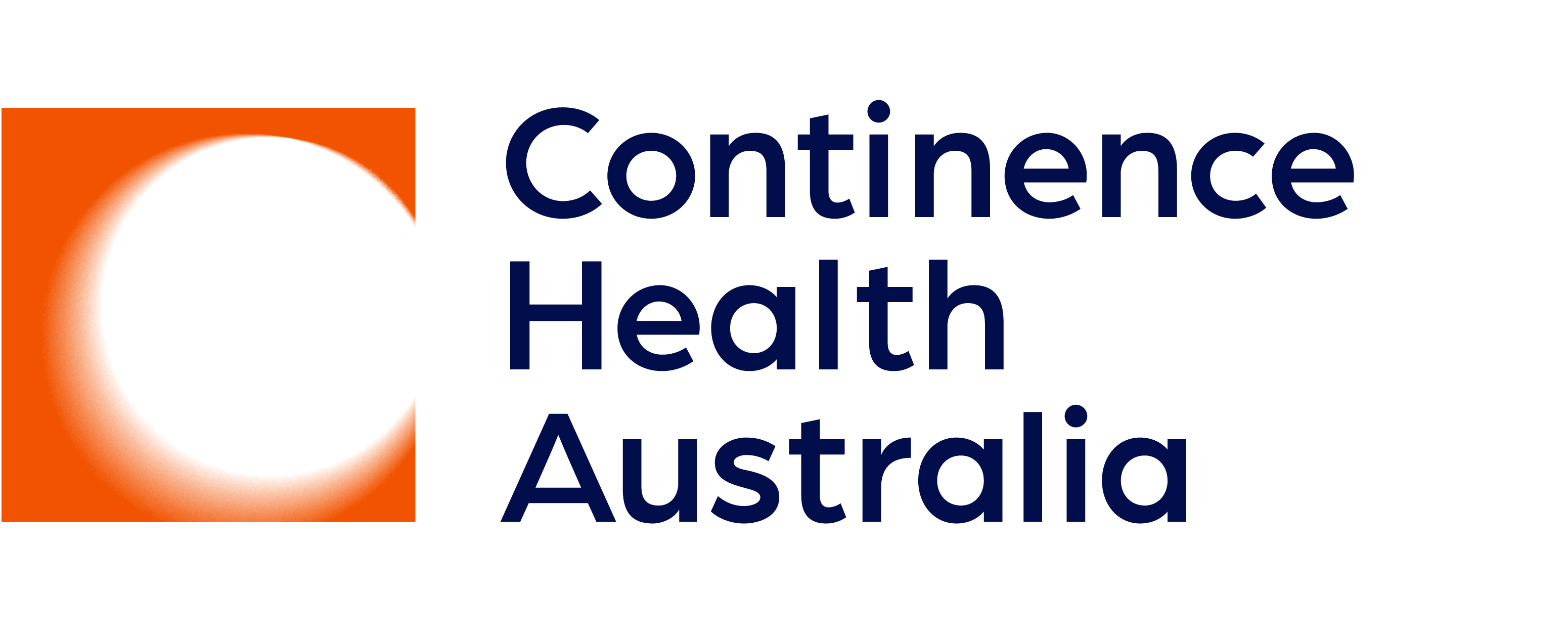Working in an obstetric GP practice, the majority of my clients are pregnant and postnatal women. I have noticed there seems to be a trend of women continuing to do loaded and stronger exercises during their pregnancy, despite experiencing symptoms of pressure, leakage or bulging in their abdominal wall.
As a fitness professional, modifying exercises to provide options for women is expected during pregnancy, ideally with each client still meeting their fitness needs.
Each client is different, depending on their pre-pregnancy fitness, number of pregnancies, birth experiences and factors such as body size and connective tissue type. Where it may be suitable for some women to continue an exercise such as a modified plank through their pregnancy, other women may need to stop this exercise early or mid-pregnancy.
I’ve recently seen three women requiring different treatment options, which are useful for fitness professionals to consider when working with pregnant clients:
- Testing the abdominal wall of one pregnant client who was doing gym training, her umbilicus (belly button) bulged when doing a plank, which was an exercise that she regularly performed. She also indicated that she had some pelvic floor issues. I advised her to cease this exercise, taught her pelvic floor protection strategies and suitable abdominal bracing options for her abdominal wall. A pelvic floor check was also needed.
- Another woman felt pressure on her pelvic floor during training and noticed abdominal bulging when doing dips and pull ups. The links between the effect of intra-abdominal pressure (IAP) on the pelvic floor and/or abdominal wall is not always obvious for our clients, so assisting them to understand through Pelvic Floor First resources can assist them to gain insights into how different exercises may be affecting them.
- A third client made an ideal choice to come in and check her technique early in her pregnancy, after reading The Pregnancy Guide. Both her pelvic floor and her pregnancy abdominal bracing technique were checked, refined and specific training advice was given. Seeing women early in their pregnancy to build their skill levels in these baseline exercises also means that they can learn what they may need to modify further along during their pregnancy.
Returning to sport and exercise after the birth: We cannot always assume that a client has regained their full pelvic floor and abdominal strength after birth when they attend a training program.
It is considered that the transversus abdominis and the pelvic floor are ‘wired’ together. Studies have shown that the pelvic floor muscles contract synergistically with the lowest fibres of transversus abdominis.
Core function post birth is diminished due to the lengthening of the abdominal wall during pregnancy. Using the link between the pelvic floor and the lower fibres of transversus abdominis, the cue to first lift your pelvic floor can assist activation of the lower abdominal wall. This can assist clients following delivery (both vaginal and caesarean), with early postnatal instructions outlined in The Pregnancy Guide (p15–16).
A client presented with pain at the site of her caesarean scar one year post birth. The pain began when she started doing burpies, mountain climbers and modified planks at a boot camp program. She had been running with no pain for four months, taking the time it needed to build back up to running 4km 3-4 times a week. She had been doing some pelvic floor exercises and was feeling strong with running and had no issues. She had done some initial baseline abdominal muscle bracing exercises but no further specific postnatal abdominal muscle progressions.
She attended physiotherapy to address the pain, and was given some lower level core-control exercises, including first lifting the pelvic floor to link pelvic floor action with the lower fibres of transversus abdominus. Through program modification, building deeper core strength, and taking a break from several sessions of training, her pain subsided over several weeks. She continued to work on progressing her deeper core control for the next 3-4 months, paying particularly attention to her pelvic floor to assist with this training.
Written by Pelvic Floor First ambassador Dianne Edmonds
Dianne is a physiotherapist working at Peel Maternity and Family Practice with pregnant and postnatal clients in Mandurah WA. Dianne has written a series of pregnancy and postnatal core conditioning online courses for Australian Fitness Network. She is also the founder and director of The Pregnancy Centre.

